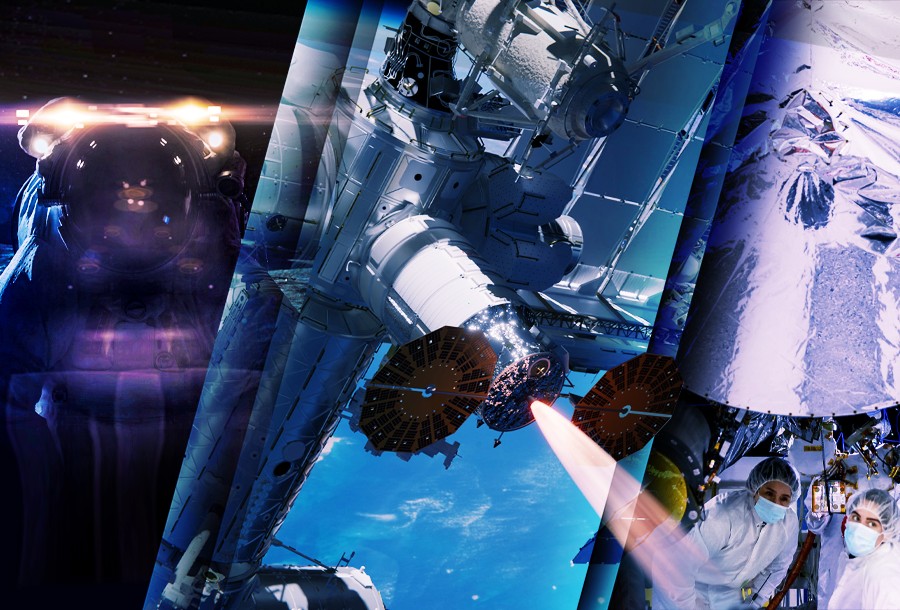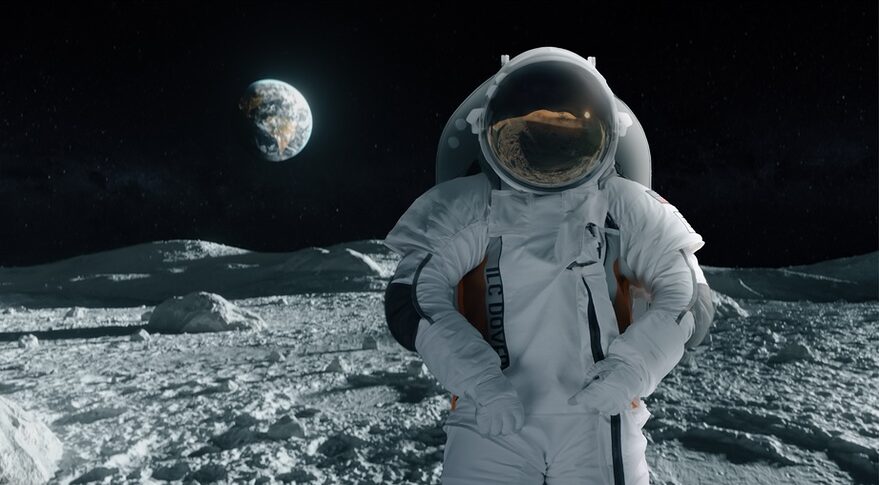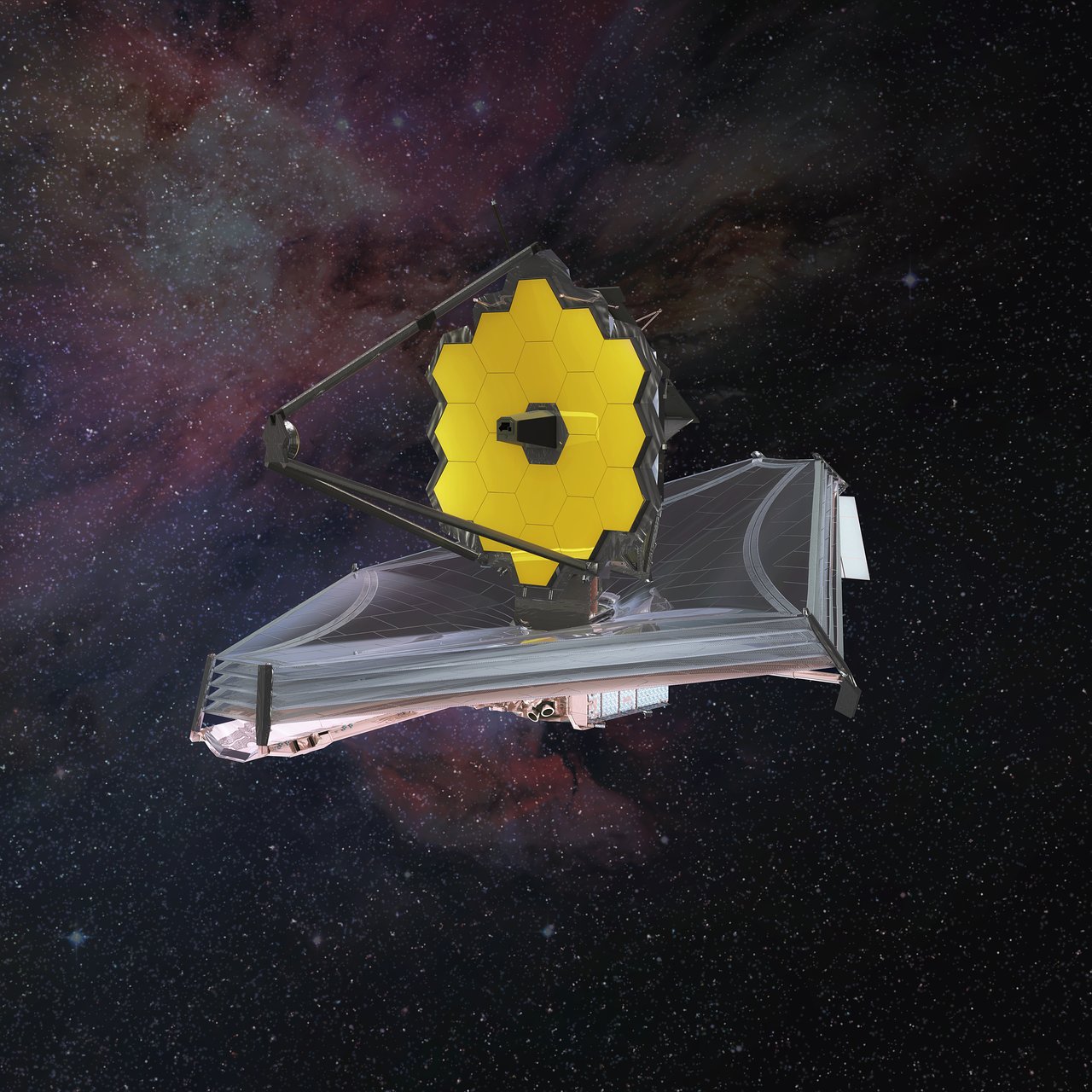Selection of the most interesting space news for breakfast: Increasing the number of launches can damage the ozone layer and change the climate. James Webb will study the giant black hole of the Milky Way, and scientists have developed a device for searching for signs of extraterrestrial life.

- Launch of the Psyche mission postponed until at least 2023
- Cygnus supply spacecraft successfully corrected the ISS orbit
- Axiom and Collins only bidders for NASA spacesuit contracts
- U.K. government announces new space sustainability measures
- Telespazio Signs Reseller Agreement With BlackSky
- New head of Space Force acquisitions looks to get back to basics
- NanoAvionics Sells In-Orbit Satellite Equipped With Hyperspectral Imager
- James Webb Space Telescope will study Milky Way’s monster black hole
- Coming increase in rocket launches will damage ozone, alter climate, study finds
- Biofinder advances detection of extraterrestrial life
Launch of the Psyche mission postponed until at least 2023
The planned launch of the Psyche mission in the autumn will take place no earlier than next year. This was announced at a NASA briefing held on June 24. The reason for the shift was problems with testing the software of the device.
The Psyche device was built by Maxar under a contract with NASA. Its target is the metal Psyche asteroid, which is presumably a fragment of a dead protoplanet. The launch of Psyche was scheduled for August 1, 2022, it was supposed to reach its goal in early 2026.
Cygnus supply spacecraft successfully corrected the ISS orbit
On June 25, Northrop Grumman carried out a successful test to change the orbit of the International Space Station using the engines of the Сygnus cargo spacecraft. The maneuver lasted five minutes. During its course, the height of the ISS perigee increased by 800 meters, the apogee — by 160 meters.
After the beginning of Russia’s large-scale invasion of Ukraine, Roscosmos began to use the dependence of the ISS on Zvezda and Progresses to openly blackmail other project participants, in fact threatening the station to fall on their territory. In this situation, the success of the Cygnus test plays an extremely important role, because it demonstrates the ability of NASA to independently change the orbit of the ISS without the participation of Russia. This deprives Russian propaganda of a powerful trump card.
Market News

Axiom and Collins only bidders for NASA spacesuit contracts
The two companies NASA selected earlier this month to develop spacesuits for the International Space Station and Artemis lunar missions were the only companies to bid on the project, according to agency procurement documents.
NASA announced June 1 it awarded contracts to teams led by Axiom Space and Collins Aerospace to develop new spacesuits for both ISS spacewalks and Artemis lunar landing missions through its Exploration Extravehicular Activity Services, or xEVAS, program. Agency officials, though, provided few details at the time about the contracts or why it selected those two companies.
U.K. government announces new space sustainability measures
The British government announced a series of measures, from regulations to funding active debris removal projects, intended to make the country a leader in space sustainability. George Freeman, minister for science, research and innovation, announced a package called the Plan for Space Sustainability intended to create a standard that will encourage companies, along with investors and insurers, to adopt best practices for sustainable space operations.
Telespazio Signs Reseller Agreement With BlackSky
Telespazio has signed a new deal with BlackSky which will enable the company to make BlackSky geospatial products and services commercially available to customers world-wide. The non-exclusive reseller agreement was announced June 24.
The agreement will enable Telespazio’s companies including e-GEOS and GAF to enrich their geoinformation offering, by adding BlackSky’s high-resolution, high revisit dawn-to-dusk image products which complement the monitoring capabilities of the COSMO-SkyMed and COSMO-SkyMed second generation radar constellation.
New head of Space Force acquisitions looks to get back to basics
The Space Force’s new acquisition executive Frank Calvelli says there is no quick fix for problems that for years have plagued defense procurements, such as cost overruns and schedule delays. His plan is straightforward. “We need to make sure we have really good acquisition and contracting strategies upfront. We have to execute and deliver on time,” Calvelli said.
NanoAvionics Sells In-Orbit Satellite Equipped With Hyperspectral Imager
NanoAvionics recently sold one of its operational satellites in Low-Earth Orbit (LEO). The 6U satellite “D2 / Atlacom-1,” which included a 1U-sized hyperspectral imager for remote sensing, was launched last year and had fulfilled its missions. The unnamed buyer was not a customer on the original mission.
Interesting

James Webb Space Telescope will study Milky Way’s monster black hole
The James Webb Space Telescope, also known as JWST or Webb, launched in December 2021 and is wrapping up preparations to begin observing the universe. Among the tasks scheduled for the new observatory’s first year of work is teaming up with the Event Horizon Telescope (EHT), the global array of observatories that published the first-ever photo of a black hole in April 2019.
Coming increase in rocket launches will damage ozone, alter climate, study finds
A new study has shown that the projected increase in the number of rocket launches expected in the next few decades will have a detrimental effect on the Earth’s climate and its protective ozone layer. The study, led by researchers from the U.S. National Oceanic and Atmospheric Administration (NOAA), focused on the impact of fossil-fuel burning rockets, such as SpaceX’s Falcon 9.
Biofinder advances detection of extraterrestrial life
An innovative scientific instrument, the Compact Color Biofinder, developed by a team of University of Hawai’i at Mānoa researchers, may change the game in the search for signs of extraterrestrial life. The search for life—which may be existing or extinct—on planetary bodies is one of the major goals of planetary exploration missions conducted by NASA and other international space agencies.
“If the Biofinder were mounted on a rover on Mars or another planet, we would be able to rapidly scan large areas quickly to detect evidence of past life, even if the organism was small, not easy to see with our eyes, and dead for many millions of years,” said Misra. “We anticipate that fluorescence imaging will be critical in future NASA missions to detect organics and the existence of life on other planetary bodies.”
Follow us on Twitter to get the most interesting space news in time
https://twitter.com/ust_magazine
